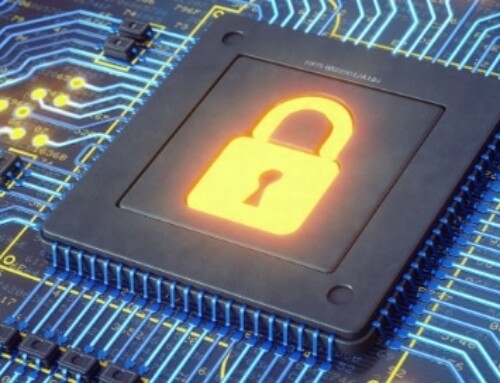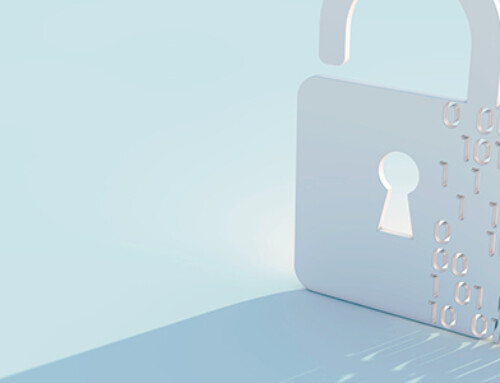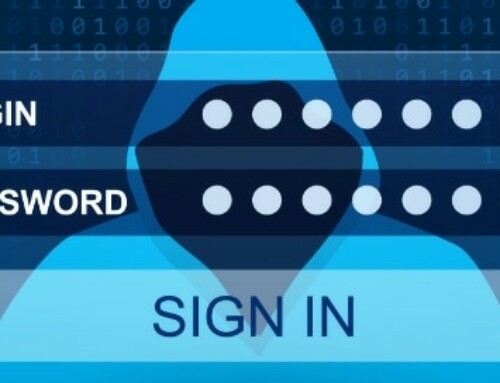Few cyberthreats are as unnerving and potentially damaging to a business as ransomware. In a ransomware attack, malicious software encrypts systems and data, rendering them inaccessible until the organization pays a ransom.
However, these are criminals we’re talking about. Once they’ve extorted cash from their victims, there is no guarantee that they will release the data. In fact, in the event of a ransomware attack, it’s more likely that cybercriminals will demand a higher ransom after the initial one has been paid rather than releasing the data. Worse, they could leak the stolen data anyway.
This can be devastating for any organization — including yours — which is why it’s important to have comprehensive ransomware protection in place.
Who is vulnerable to ransomware attacks?
Ransomware does not discriminate — any company that stores and manages valuable information is susceptible. Financial institutions, government entities, healthcare organizations, and critical infrastructure businesses are particularly vulnerable because they have the most to lose from an attack. By locking access to critical systems and data, hackers have more leverage to extort money from organizations that need these for their operations.
Companies that don’t have proper response plans often succumb to ransom demands, but as previously stated, there is no guarantee that the hackers will fulfill their end of the deal. A successful ransomware attack can also lead to expensive downtime, reputational damage, and noncompliance penalties with industry regulations such as HIPAA or PCI DSS.
How does ransomware get into a system?
Ransomware can compromise systems through various methods, including:
- Phishing emails – One of the most common ways ransomware enters a system is through malicious phishing emails. These emails can contain malicious attachments or links that, when clicked on, will download malware onto your computer and infect it with ransomware.
- Malicious websites – Visiting malicious websites can also lead to infection with ransomware. This particularly applies to sites that contain pirated software, which often have malware embedded in them.
- Outdated software and operating systems – Unpatched systems are the most vulnerable. If attackers gain access to an outdated system, they can use exploits and vulnerabilities to install ransomware or inject malicious code into it. Ransomware strains like Petya are a prime example of this; they take advantage of flaws in Remote Desktop Protocols (RDPs) to spread malicious code to a network of computers.
Related reading: How does ransomware spread on a network?
Protecting your business from ransomware
It is important to implement a multilayered cybersecurity framework to minimize your exposure to ransomware threats. Here are some best practices for ransomware protection:
1. Train employees in security best practices
Considering that ransomware usually gains access to a system through phishing emails and malicious websites, your employees must be cautious of everything they click on and download. Organizational security policies should be regularly communicated to employees so that they understand the risks, know how to identify suspicious emails and websites, and learn how to protect themselves from malicious attacks.
When it comes to identifying malicious websites and emails, it’s important to be aware of warning signs. These include misspelled words and typos, generic greetings, suspicious attachments or links, long URLs with complicated characters, unknown senders, and messages spurring a sense of urgency.
A great way to test your employees’ security knowledge is to conduct regular phishing simulations. This will condition them to be critical of the content they receive and report any suspicious emails to the IT team immediately.
2. Back up your data
Regularly backing up your data is crucial because if systems become inaccessible due to ransomware, cybercriminals have no leverage over you. You’ll still have your data stored on a different machine, and you can use these backups to continue your operations.
Prudent companies will even back up their entire system, not just their data. This ensures that all of the applications and settings are also included in the backup process. If ransomware affects the network, companies can simply restore their systems on clean hardware, essentially turning back the clock and mitigating the effects of the attack.
3. Update your software
Hackers often take advantage of common vulnerabilities in outdated software, so you need to patch your systems as soon as new updates are released. This applies to both the operating system and your business applications.
If you have trouble keeping track of all the updates across company systems, you can register your devices to an endpoint security solution and distribute updates from a central console. This will not only ensure that all systems have the latest security patches, but it will also minimize disruptions caused by manual updates.
4. Leverage robust security solutions
Basic firewalls and antivirus solutions may be able to detect some ransomware strains, but they won’t provide comprehensive protection. You must leverage next-generation security solutions that use advanced threat detection solutions to protect your systems from malicious attacks.
These work by evaluating various data points like endpoint process telemetry, system logs, user behaviors, and network traffic to detect suspicious activities that may indicate an ongoing ransomware attack (i.e., forced encryption). Other cybersecurity solutions may also come with sandboxing capabilities, which can be used to isolate files in a virtual environment to study their behavior and detect malicious activities.
Once the threat is detected, these solutions can automatically contain the threat and stop ransomware in its tracks.
5. Segment your networks
Network segmentation is the process of isolating different systems and networks on the same physical infrastructure. It can be used to separate trusted systems from untrusted ones, such as guest networks or public Wi-Fi connections, so that any malicious activity originating from these sources cannot spread to other segments of the network.
Network segmentation is also great for preventing lateral movement, which takes place when attackers gain access to a system and then move through the network in search of other vulnerable systems. Segmenting networks can limit an attacker’s access, thus minimizing the damage caused by a ransomware attack.
6. Establish a zero trust security policy
Zero trust is a cybersecurity model that assumes all users, devices, and services are untrustworthy until proven otherwise. All connections to the network should require explicit authentication before access, both internal and external, is granted. For instance, if an employee is working from home or using their personal laptop to access company data, all requests should be verified and authenticated before they can be granted access.
In the context of ransomware, zero trust policies can help limit the damage caused by a malicious attack. If you have strict policies that prevent employees from accessing unsanctioned applications and websites on company devices or networks, they can’t be tricked into downloading ransomware in the first place.
7. Have an incident response plan
It’s wise to always assume that there’s a chance your business may fall victim to ransomware. To prepare for these disaster scenarios, you must have an incident response plan that outlines the different steps required to quickly recover from an attack.
A good ransomware response strategy involves isolating the affected networks from the rest of your network, restoring backups on clean hardware or in a virtual environment, and notifying the relevant authorities. You should also notify the customers affected by the incident to reduce the possibility of them taking legal action.
Finally, you should conduct a post-mortem analysis to understand what went wrong and fix any security gaps that led to the attack. This will help you build a stronger defense against future attacks and mitigate the damage caused by ransomware.
If you don’t have the in-house expertise or resources to do all of this, it’s worth consulting with the cybersecurity experts at Dynamic Solutions Group. We’re a leading managed IT services provider that offers comprehensive cybersecurity solutions for businesses of all sizes. Contact us today to safeguard your livelihood from ransomware.






